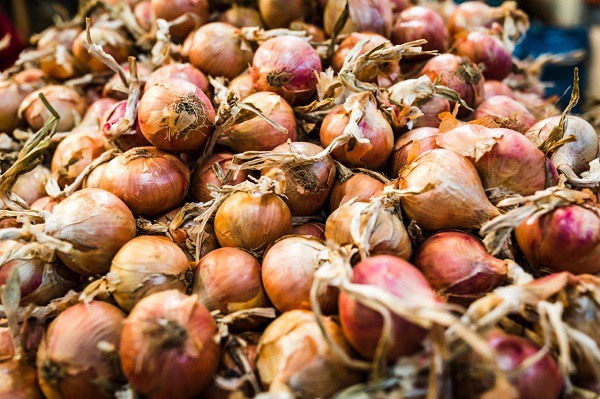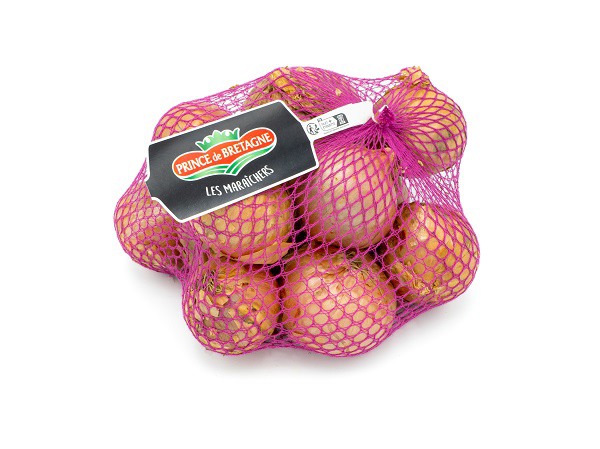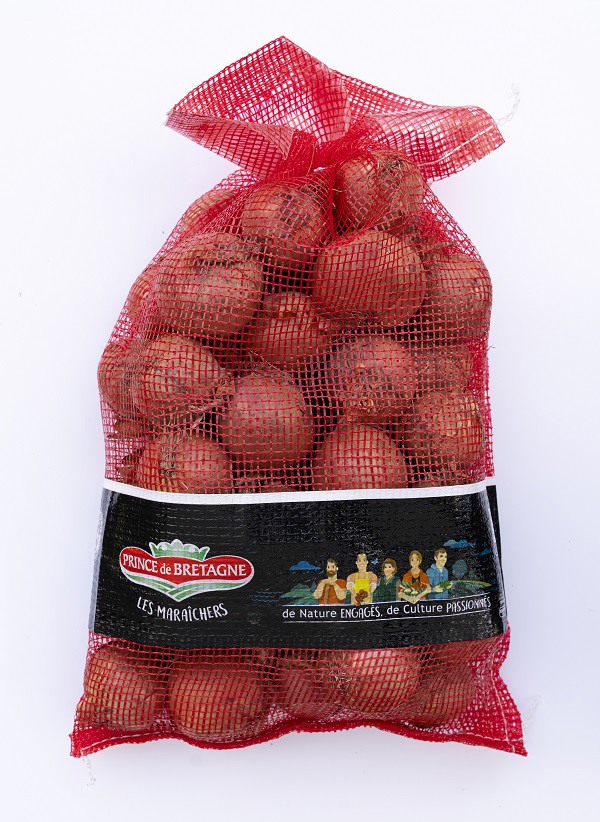Each year, Prince de Bretagne produces approximately 2,000 tons of Roscoff PDO onions and 2,500 tons of pink onions from Brittany, which is less than 1% of the French production. For 2023, Pierre Gélébart, product manager of Prince de Bretagne, describes a “two-speed” season.

“We are continuing where we left off last year. There is a growing demand from consumers for first prices, as they are very careful about their expenses.” The sales of Roscoff PDO onions remain good, thanks to the PDO's reputation and national distribution, as well as from export sales. For the pink onions from Brittany, mainly sold in the Grand-Ouest region of France, the market is more complicated.
“Slightly wider distribution would enable regular sales for producers, and allow consumers to discover the taste qualities of this onion, which is spicy and tangy when raw, but sweet and mild when cooked. Production costs are high for this niche. The price of 1kg nets, however, is very close to that of yellow onions. It is therefore possible to offer it at an attractive price, while respecting the producers’ cost price.”
The main consumption peak is in August and September, the peak period for garlic fairs. “The holiday season also boosts sales, which usually remain good throughout January thanks to the famous French onion soups.”

Prince de Bretagne offers pink onions in 500g, 1kg and 5kg nets.

What about the power cuts?
After storm Ciaran at the beginning of November, the cooperative continues to put its structures back on their feet. While the plastic tunnels and multi-hood greenhouses were hit the hardest, there was also considerable concern about storage. “We toured the cooperative buildings and contacted the main growers, and in the end there was no damage,” explains Pierre Gélébart. “The power cuts that did occur were short-lived and had no impact on the goods in storage. The thermal inertia kept the stock cold and prolonged preservation.”
Photo credit: L'Oeil de Paco
For more information:
Pierre Gelebart
Prince de Bretagne
Phone: +33 2 98 69 38 71
Mobile: +33 6 62 92 64 74
[email protected]
www.princedebretagne.com/fr










